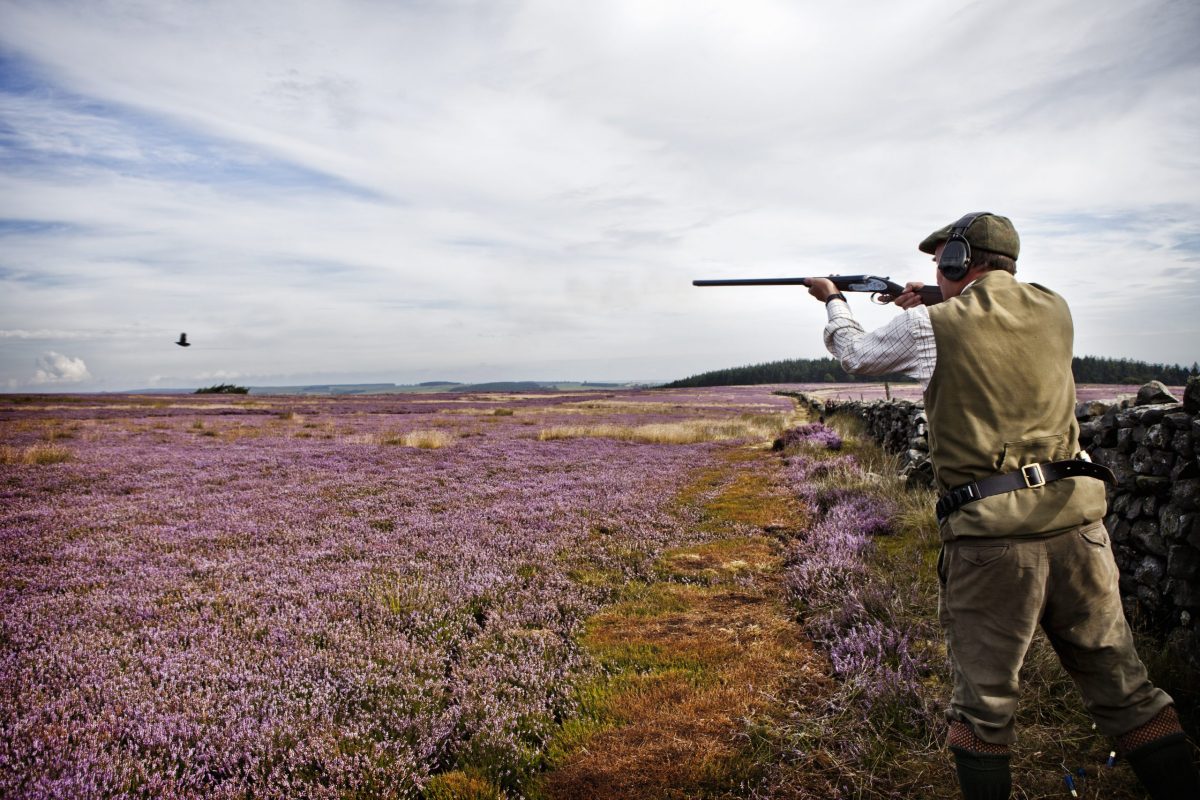Muted response to Glorious Twelfth, according to reports
The grouse season has got off to a muted start, with some estates choosing not to shoot on the opening day and others putting on relatively small shoots in order to conserve stock. However the conservation work carried out by shoots continues unabated.

As Shooting Times has previously reported, grouse numbers, while much better than last year, are still relatively low this year and most estates will be limiting their shooting programme in order to rebuild numbers.
Among those enjoying the opening day was beater Bruce Coyle, who enjoyed a sunny day in the hills of Perthshire. Bruce said: “The day went fine, it was hard work in the heat, but the keeper and the Guns finished up happy.”
Further south in the Peak District and on the moors of Staffordshire, shoots faced a major challenge from antis with hunt saboteurs trespassing in numbers with the intent of disrupting shoots. While many were able to avoid the protesters and go ahead with their day, a small number were forced to close down. The protestors continued to turn out over the next few days with some further disruption reported. Chris Packham praised the trespassing and threats as “top work”.
Even as saboteurs tried to stop the shooting, which funds moorland conservation, more good news emerged about hen harrier conservation. The hen harrier brood management trial, which has been trying to unlock the conflict between hen harrier and grouse shooting in the uplands, has successfully delivered another batch of harrier chicks back into the wild.
Last year a total of eight chicks were taken from nests in Yorkshire and Lancashire. All eight were released after fledging and four of them went on to breed successfully. This year the trial did even better by releasing 13 more chicks. John Holmes, strategy director, Natural England said: “We are pleased to support the successful rearing and release of 13 hen harriers in 2022, and look forward to following their fortunes through state-of-the-art satellite tracking technology.
“Thanks to these trackers, we know that birds reared in previous years have survived and successfully reared young themselves, contributing to the welcome increase in hen harrier nesting attempts that we are starting to see.”








